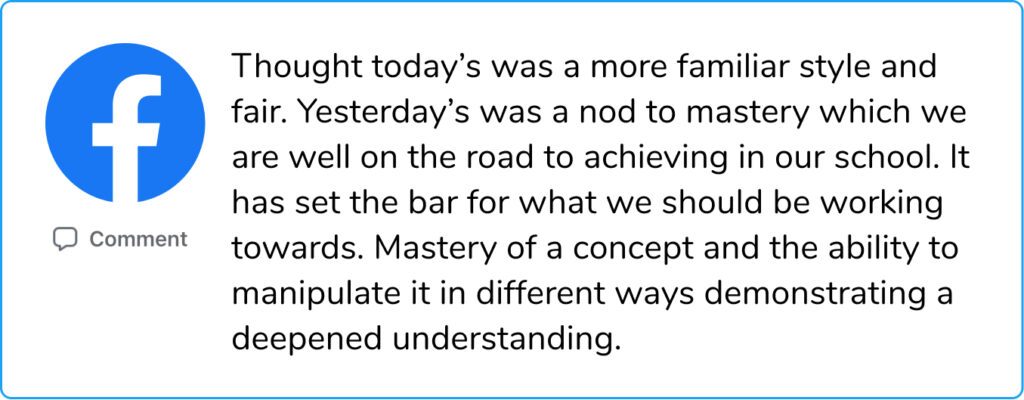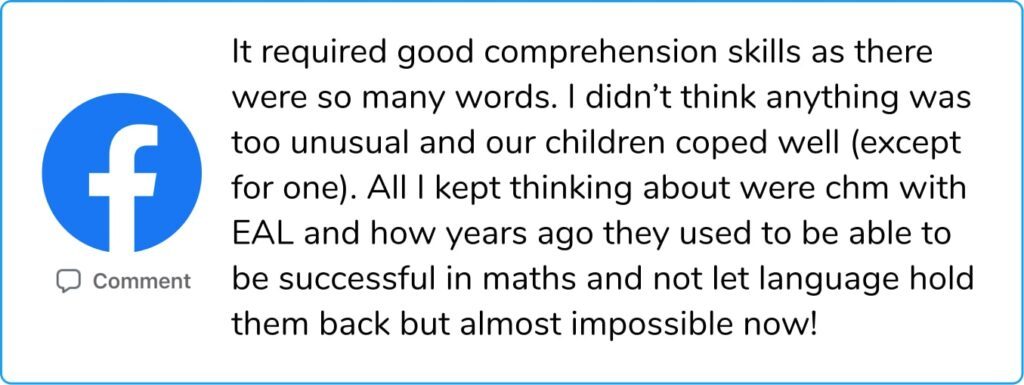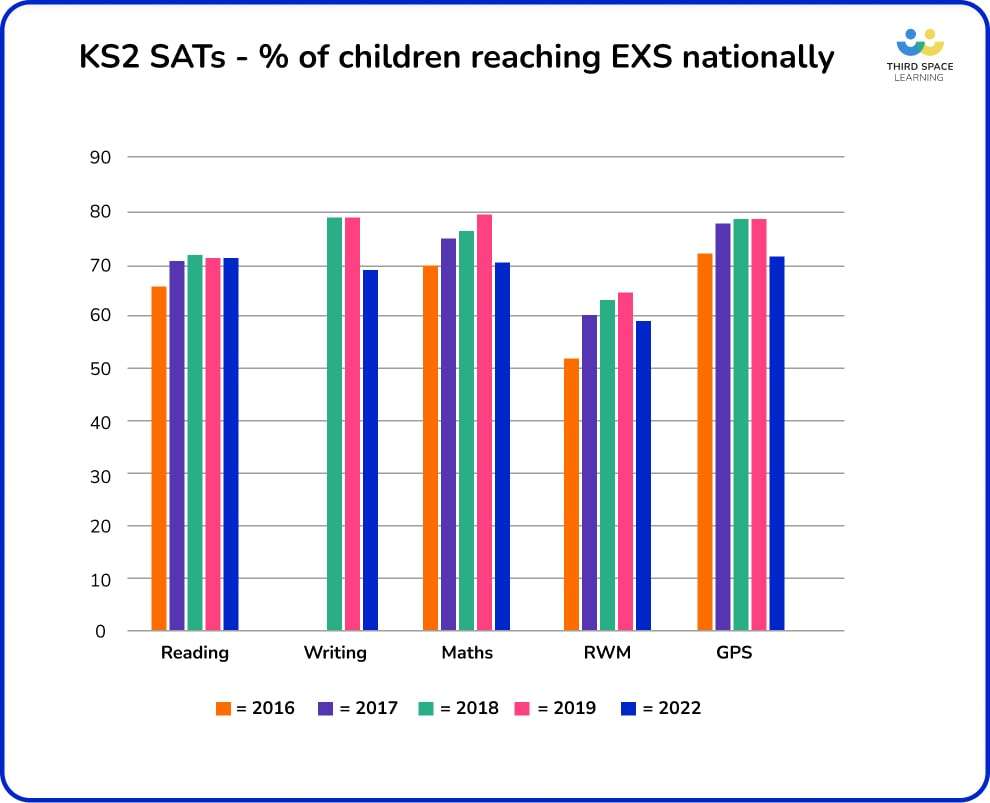Over the past couple of years, I’ve written some blog posts which have been published on other sites. I’m quite proud of these and would like to keep them all in one place so I can find them again, hence my replicating them here on my blog. I haven’t copied and pasted the entire article as it does belong to the original site, despite being written by me, so please do continue to read it there if you find it of interest!
This one was written for Learning by Questions in July 2023.
Given the SATs marking chaos this year, it’s a surprise we even made it to this point! But here we are – the dreaded (long-awaited?) results day. I remember being on a residential one year when the results came out; my partner teacher and I sat with lukewarm, anaemic cups of tea in a freezing cold ‘staffroom’ (if you’ve been on a residential before, you know the sort…) hitting refresh on The World’s Slowest Laptop trying to access the elusive PAG page. Hopefully, at the very least, most of you are experiencing this annual joy in the warmth of your headteacher’s office, this year!
What were the KS2 SATs 2023 pass marks?
The raw scores required to reach expected standard (EXS – a scaled score of 100) and ‘greater depth’ (GDS – generally accepted to be a scaled score of 110) can be seen below.


SATs 2023 average scaled scores
As usual, there have been no drastic changes to the average scaled scores in each subject – in fact, since last year, there have been no changes at all.

How many children achieved the expected standard in 2023?
Reading
Disregarding 2016 as an anomaly, the percentage of children achieving EXS in reading has historically hovered in the low-mid 70s. Reading was the only subject not to drop following COVID. However, this year, it is the only subject in which national attainment has fallen since last year (and that’s even with one of the lowest ‘pass’ marks its ever had), from 75% in 2022 to 73% in 2023.
Writing
After a drop of 9% last year (to be expected after COVID), writing results have now risen by 2%, from 69% in 2022 to 71% this year.
Maths
The maths results also saw a drop last year, with the lowest proportion of children achieving EXS since 2016. They are back on the rise again this year with 73%, up 2% last year.
Reading, writing, maths (combined)
There is no change from last year at 59%, again, the lowest since 2016.
Grammar, punctuation and spelling
This year’s data also remains unchanged from last year at 72% with, again, the lowest ever percentage of children achieving EXS.

Note: There is missing data for writing in 2016 and 2017 as changes made within the 2017/18 writing TA frameworks mean that judgements in 2018 are not directly comparable to those made using the previous interim frameworks in 2016 and 2017.

Maths results analysis


The pass mark for maths this year is the lowest it’s ever been at 56/110 – historically, it’s always been between 57-61. The same pattern follows for the typically accepted ‘GDS’ boundary (assuming this stays at a scaled score of 110) – again, it’s the lowest it’s ever been at 94/110 (the range has previously been between 95-98).
Continue reading this blog here.

















